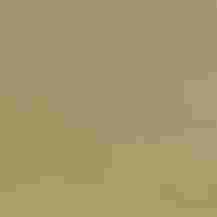La página que intenta visitar sólo está disponible en inglés. ¡Disculpa!
The page you are about to visit is currently only available in English. Sorry!


All images in our collection are provided courtesy of the John James Audubon Center at Mill Grove in Audubon, Pennsylvania; the Montgomery County Audubon Collection; and Zebra Publishing.
Please consult our Terms of Use before downloading, and please credit the plates as follows: “Courtesy of the John James Audubon Center at Mill Grove, Montgomery County Audubon Collection, and Zebra Publishing”

